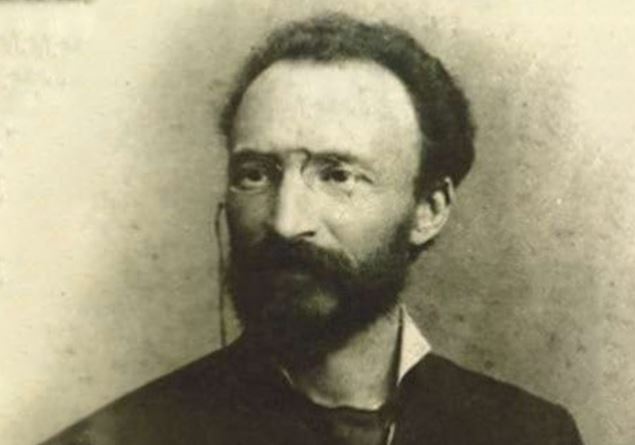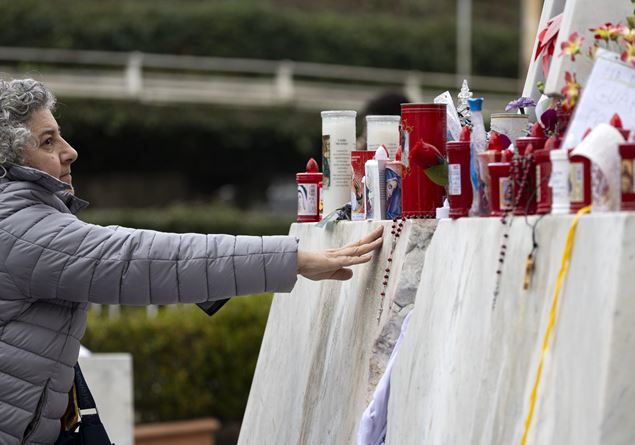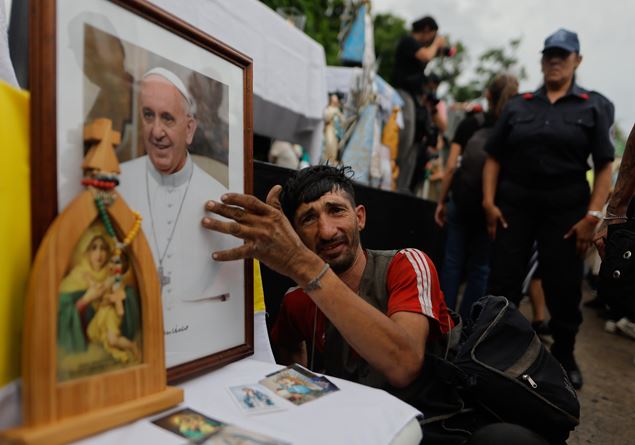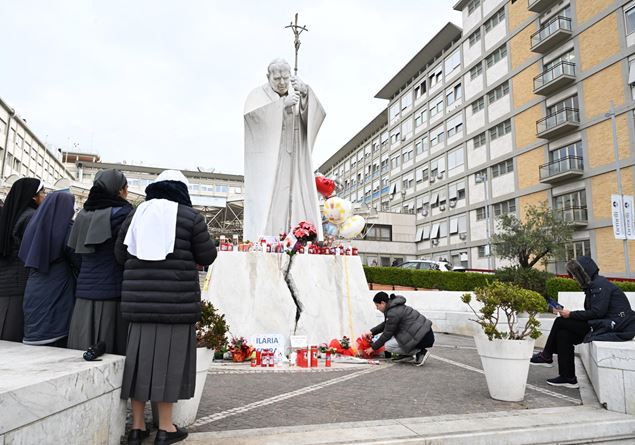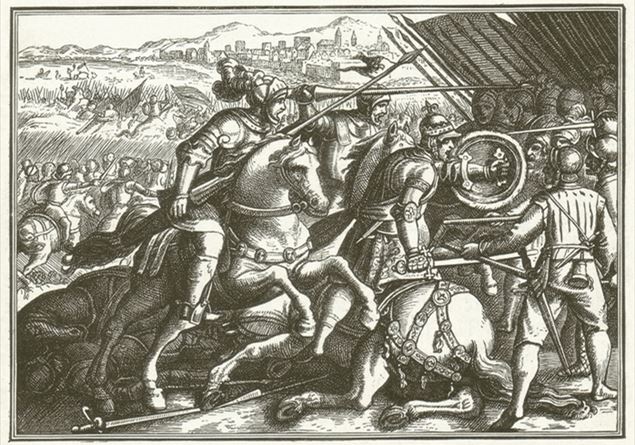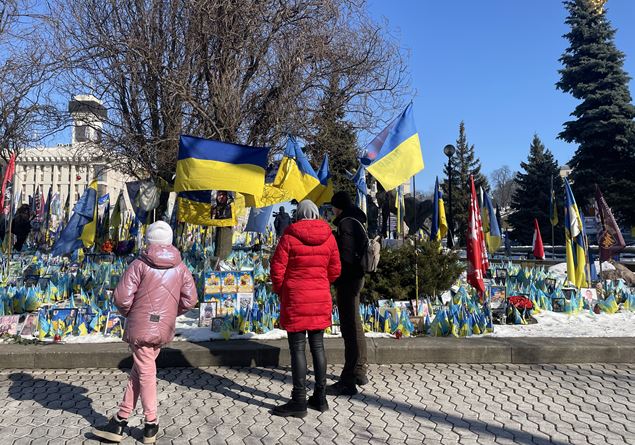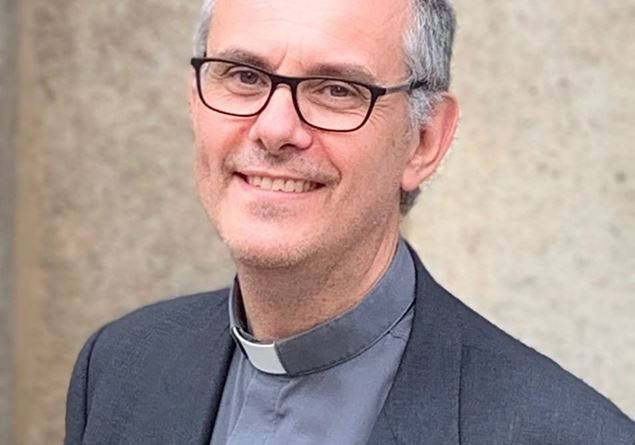It will be Santo Bartolo Longo, inextricably linked to the Madonna of Pompeii. Lived between the mid -nineteenth century and the early decades of the twentieth century, Apulian of Latiano, it is universally considered an apostle of the Rosary.
“Awaken your trust in the Holy Virgin of the Rosary … You must have the faith of Job!”. So wrote Bartolo Longo in 1905, witnessing a total devotion to the Madonna, who had torn him from the abyss of occultism and guided on the way of faith. An extraordinary path, his, who led him from perdition to holiness, to become the founder of the Sanctuary of Pompeii, one of the most impressive marian works in the Catholic world.
Born in 1841 in Latiano, in the province of Brindisi, he grew up in a wealthy family, educated by his mother to a profound Marian devotion. But his life took a dangerous path during his university studies in Naples, where he was seduced by the anti -clerical climate and the fashions of spiritism. He abandoned faith and immersed himself in a dark world, to become “priest of spiritism” in an esoteric sect. His consciousness, however, never stopped tormenting him.
The turning point came thanks to the friendship with Vincenzo Pepe, a Latianese professor, who prompted him to meet Father Alberto Radente, a Dominican who brought him back to the truth of the Gospel. The meeting with the religious was decisive: after months of catechesis, on June 23, 1865, Longo resumed to confess and received the Eucharist as a sign of his return to the church.
He began his new life in Naples, where he entered the Dominican third order and took the name of Fra Rosario. Here he met the countess Marianna De Fusco, widow and mother of five children, who entrusted him with the management of his properties in the Pompeii valley. That journey to the abandoned countryside marked the beginning of his mission.
Pompeii, at the time, was a place of material and moral degradation. The farmers lived in religious ignorance, dominated by superstitions and poverty. Bartolo felt called to a great work of evangelization. It was then that, walking through the fields, an inner voice heard in the heart: “If you seek salvation, propagate the rosary!”.
From that moment, he dedicated all energy to the construction of a Christian community based on prayer and charity. In 1875, he managed to get an ancient canvas of the Madonna del Rosario, found in poor condition in a Neapolitan convent. Transported to Pompeii on a chariot of manure, that sacred image became the heart of the future sanctuary.
The work grew rapidly: in 1876 the first stone of the church was laid, while the supplication at the Madonna of Pompeii, composed of Longo himself, spread the devotion to the Rosary all over the world. A real city of charity was built around the sanctuary, with schools, orphanages and hospices for the children of prisoners, one of the most prophetic intuitions of Blessed.
There was no lack of evidence and persecutions. Then they flocked poisons and gossip about her relationship with the Countess De Fusco, her ally in the Pompeian charity work. In conversation with the Pope Leo XIII both welcomed the suggestion of the pontiff of getting married and living castely thus silenced the slander.
He was unjustly accused of enriching himself with the offers of the faithful and had to transfer the management of the work to the Holy See. But his faith never launched. He continued to serve the poor until his death, which took place in 1926.
In 1980, John Paul II proclaimed him Blessed, indicating him as a model of Christian secular at the service of the Church. Today, the Sanctuary of Pompeii continues to be a lighthouse of hope for millions of faithful, testimony to the extraordinary mission of Bartolo Longo, the man who found salvation thanks to the Rosary, who composed the text of the plea today known all over the world .





